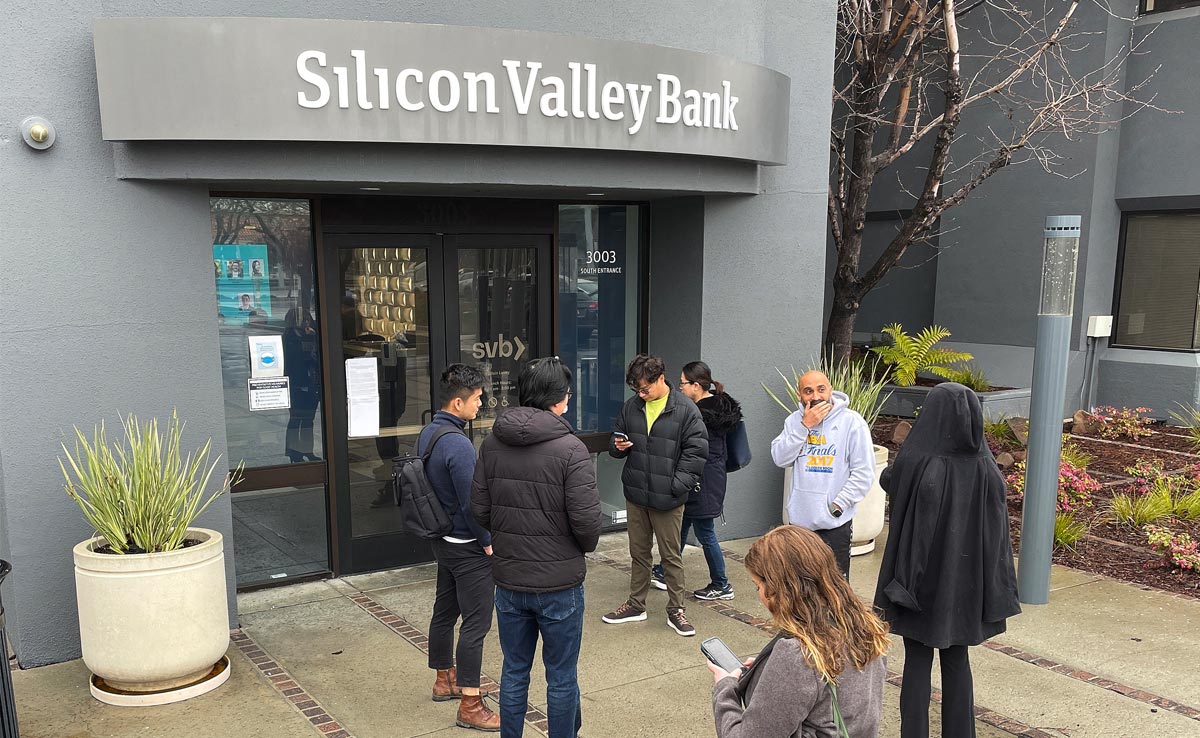Silicon Valley Bank’s failure is the second largest bank failure in U.S. history, Washington Mutual Fund being the largest in 2008.
The catastrophe was not driven by credit problems but mismatch of assets and liabilities.
What is an Asset-Liability Mismatch?
The asset-liability mismatch is when the bank has to pay a short-term liability for which it is undergoing a long-term asset.
Let’s try that again.
The Balance Sheet has Assets and Liabilities.
Loans are on the assets side of the Balance Sheet. They provide a future economic benefit.
The liabilities side of the Balance Sheet will include sources of funds, such as Bank deposits. This is what the bank/company owes others.
The asset-liability mismatch takes place when the tenure of maturing loans (assets) does not match the tenure of the sources of funds (liabilities). Consequently, the assets and labilities are incorrectly matched.
The asset-liability mismatch is examined by way of GAP analysis. A positive gap indicates that the bank has more assets than labilities. A negative gap indicates bank has more liabilities than assets.
What happened to SVB?
SVB was a major lender to early-stage startup technology and healthcare companies.
A liquidity boom provided a major impetus to venture capital activity. SVB enjoyed a massive inflow of deposits from 2020 onwards (massive indicating billions and billions of dollars; $198 billion in March, 2022, from $74 billion in June 2020.)
This money was invested in low credit risk securities, such as bonds, but had a notable interest rate risk. SVB’s mistake was investing in longer-term mortgage securities with more than 10 years to maturity, rather than shorter maturity Treasuries or mortgage issues maturing in less than five years. This lead to an asset-liability mismatch.
As the Federal Reserve increased the interest rates to combat inflation, these bond prices began to fall. SVB was now faced with falling prices of its fixed income securities. Then began the outflow of money as individuals were looking at higher yield opportunities.
SVB’s parent company, SVB Financial Group, said it would undertake a $2.25 billion stock sale after selling $21 billion of securities from its portfolio at a nearly $2 billion loss. Investors panicked. The share price plunged. Trading of the stock was halted. The regulator shut down the bank.
Aside from crypto-related meltdowns, this is one of the first banks we’ve seen that has really suffered a liquidity crunch, which has forced it to restructure the balance sheet and realize losses on its securities portfolios.
SVB scores badly than other banks on liquidity and unrealized-loss metrics. SVB could be facing a unique liquidity crunch that may not be prevalent through the entire system; however, it does highlight that such risks are now more elevated. It also highlights that it can be very difficult to predict how funding pressure can change in any given quarter and when these risks can materialize.
Banks bought mortgage-backed securities and Treasuries. The securities pose limited credit risk because they carry explicit or implicit backing of the government. They do however carry a risk of mark to market losses dur to interest rate fluctuations. The investments are ‘risk free’ only if you hold to maturity. If a bank is forced to sell them in the interim (to fund withdrawals from depositors) at a loss, those losses will then reflect in the balance sheet and start to erode equity. This presents a liquidity problem, especially if deposits start to leave the banks, which they are. Outflows of deposits exerts more and more pressure on the banks to sell off existing assets (long term assets with a mark to market loss due to interest rate increases). This risk has been lurking beneath the surface but just materialized in a big way for SVB. This is why bank stocks are selling off in response to this news.
Liquidity issues are an evolving risk worth watching.
A look at the past: India
In the past, Reserve Bank of India has shown concern about this issue. Specifically, with rapid growth observed in banks’ lending to the infrastructure sector which are long-term in nature, coupled with dependence of the banking system on deposits raises, which were short-term in nature.
An asset-liability mismatch led to the downfall of IL&FS, and PMC Bank.

